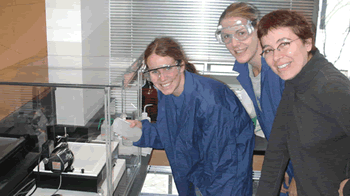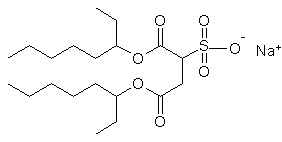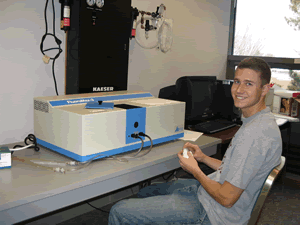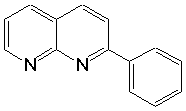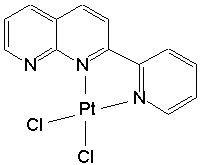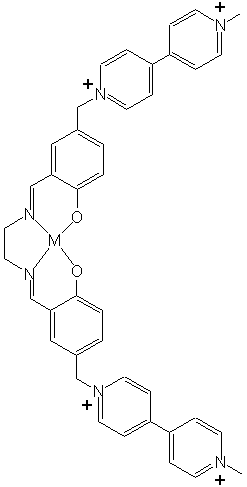Chemistry Department
|
Maria Bohorquez |
|
|
|
|
|
in the presence of small aqueous soluble molecules that have a pharmaceutical or biochemical relevance. Experiments are carried out by using the Langmuir Film Balance technique. Animations of lipids could be observed at http://persweb.wabash.edu/facstaff/fellers/ |
|
|
|
|
|
(2) Behavior of fluorescent dyes in hexane/Sulfosuccinic acid bis(2-ethylhexyl) ester Sodium salt (AOT) microemulsions versus pH is analyzed using steady-state fluorescence technique. Microemulsions are thermodynamically stable systems that have been identified as potential carriers of drugs. With support from a National Science Foundation grant a spectrofluorometer, Fluoromax-3 from Horiba Jobin-Yvon was acquired. |
|
|
|
|
|
(3) Carbamazepine, which is an anticonvulsant and very hydrophobic, is currently studied in pluronic F127 solutions. Pluronic F127 or Poly(ethylene oxidel)--poly(propylene oxidel)--poly(ethylene oxide) is a triblock copolymer which is currently used in pharmaceutical companies. |
|
|
|
|
|
|
|
|
Colin Cairns |
|
|
I was trained as an inorganic chemist but consider myself a molecular engineer: I design and build new molecules with specific electronic and steric properties. My current research is focused on the following areas: |
|
|
Complexes of Substituted 1,8-Naphthyridines |
|
|
Figure 1 shows the prototypical structure: 2-phenyl-1,8-naphthyridine |
|
|
|
|
|
I am interested in the coordination properties of derivatives that have substituents on the phenyl group. This research area involves experimental and theoretical work. For example, Figure 2 shows the structure of one example of a platinum(II) complex. |
|
|
|
|
|
Complexes of Water-Soluble Schiff Bases |
|
|
Figure 4 shows one general example. Other molecules contain sulfonate or phosphonium groups instead of the bipyridinium groups shown in this Figure. |
|
|
|
|
|
These complexes may have useful redox properties. For example, they may be catalysts for oxidation of organic molecules. |
|
|
|
|
|
LaRhee Henderson |
|
|
I am part of a team involved in studying molecular and physiological effects of hemorrhagic trauma. It is a collaborative project with Iowa Methodist Medical Center and forms the basis of Drake's NASA base program. We examine physiological parameters during hypotensive resuscitation protocol following hemorrhage. We hope to characterize indicators of the severity of the trauma and find new approaches to its treatment, especially for individuals in remote locations. We present our results regularly at regional and international meetings and publish our results in peer-reviewed journals. |
|
|
My second area of interest is science education. We've developed new models for teaching research, for undergraduate majors programs, for teaching general education science classes, and for professional development models for practicing teachers. The key feature that unites them is the development of communities of learners across disciplinary boundaries. We've published several articles on these topics, have received national recognition for our courses, and been supported by external grants. |
|

